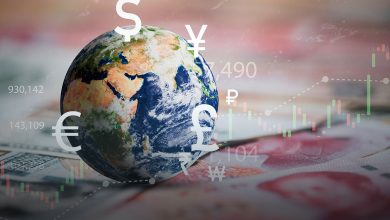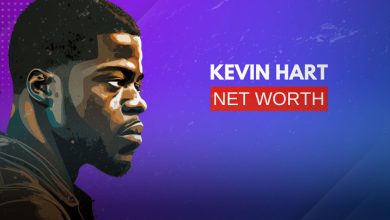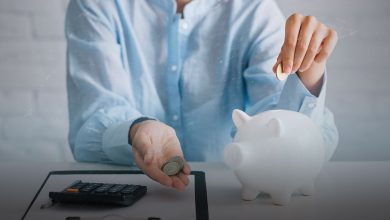NFT Ownership Made Simple: Verify Your Assets Today
Are you interested in verifying that you own a non-fungible token (NFT)? This blog post will provide an introduction to the background of NFTs and explain how to verify ownership of these digital assets.

Are you interested in verifying that you own a non-fungible token (NFT)? This blog post will provide an introduction to the background of NFTs and explain how to verify ownership of these digital assets. As blockchain technology continues to expand, more and more people are engaging in activities such as creating art projects and owning virtual real estate powered by this technology. To ensure proof of ownership, users must know how to check their records on the blockchain transactions ledger. In this article, we’ll go over what proves authentication of NFTs, standard methods used when validating possession claims, and ways verified owners can transfer their items quickly through secure networks. By understanding how provenance works with collectible goods like NFTs, everyone involved can be sure they have full authority over their virtual property or artwork – no matter its size or cost!
What Is NFT?
NFT stands for Non-Fungible Token, a digital asset representing ownership of a unique item or content: artwork, music, videos, and even tweets. Unlike traditional cryptocurrencies such as Bitcoin and Ethereum, which are interchangeable and have the same value, each NFT is unique and cannot be replaced with another asset of the same value.
NFTs are created and stored on the blockchain, a distributed digital ledger that records and verifies transactions. This means that NFT ownership can be tracked and verified, and NFT authenticity can be assured. NFTs can be bought, sold, and traded on various online marketplaces and platforms. The value of an NFT is determined by market demand for the underlying asset or content it represents. Some NFTs sell for millions of dollars, while others may be worth less. NFTs are becoming increasingly popular in the arts and entertainment industry, allowing creators to monetize their digital content and fans to own unique pieces of their favorite artwork and music.

How To Verify NFT Ownership?
Verifying ownership of an NFT usually requires verifying the ownership information recorded on the Blockchain on which the NFT was created. To verify NFT ownership:
- Identify the blockchain network the NFT was created on
Various NFTs have been created on blockchain networks such as Ethereum, Binance Smart Chain, etc. You need to identify the blockchain network in which the NFT of interest was created.
- Find your NFT contract address
Each NFT has a unique contract address on the Blockchain it was created. Contract addresses can usually be found by looking at where they are listed on the NFT marketplace or by contacting the NFT creator.
- Go to Blockchain Explorer
You can use a blockchain explorer such as Etherscan (Ethereum-based NFTs) or BscScan (Binance Smart Chain-based NFTs) to find NFT contract addresses and view ownership information.
Ownership Verification
Once you find the NFT contract address in Blockchain Explorer, you can enter the wallet address of the owner associated with the NFT to verify ownership information. The owner is confirmed if the wallet address matches the owner recorded on the Blockchain.
Alternatively, some of his NFT marketplaces may offer a way to verify ownership through their platform. For example, some marketplaces may have a View on Blockchain button that takes you directly to the Blockchain Explorer and shows the NFT’s ownership information.
What Is the Safest Way to Verify the Authenticity of an NFT?
NFTs (Non-Fungible Tokens) are unique digital assets that can represent ownership of various types of digital content, such as artwork, music, collectibles, and more. With the popularity of NFTs growing, it is crucial to ensure that the NFTs you buy or sell are genuine. Here are the steps you can take to verify the authenticity of your NFT.
- Check blockchain
NFTs are stored on blockchains like Ethereum. Each NFT has a unique identifier that can be verified on the blockchain to ensure its authenticity. Blockchain explorers such as Etherscan can be used to check the ownership history of NFTs.
- Check the author.
Verify the identity of the creator of the NFT and its reputation in the community. To do this, research the author online, read reviews, and check her media profile on social.
- Check metadata
NFTs often contain metadata about the author, artwork, and other details. You can verify the authenticity of the metadata by comparing it to the source material.
- Use Third Party Services
Several third-party services specialize in verifying the authenticity of NFTs. These services use advanced algorithms and machine learning to analyze blockchain data and metadata to confirm that NFTs are genuine.
Overall, be careful when buying or selling NFTs. Taking the time to verify the authenticity of your NFTs will help you avoid fraud and ensure you get what you pay for.
Frequently
Now that you know the basics of verifying NFT ownership, it’s time to start! Make sure you have a secure wallet, research the authentication process for each platform, and never lose your passwords or private keys. Monitor for fraudulent activity concerning your possessions so you can handle them quickly and effectively. With an understanding of this process, both buyers and sellers can increase the trustworthiness of transactions involving NFTs and enjoy a far more secure environment. Remember to stay informed and remain vigilant while navigating this ever-evolving digital asset space; after all, knowledge is power!




